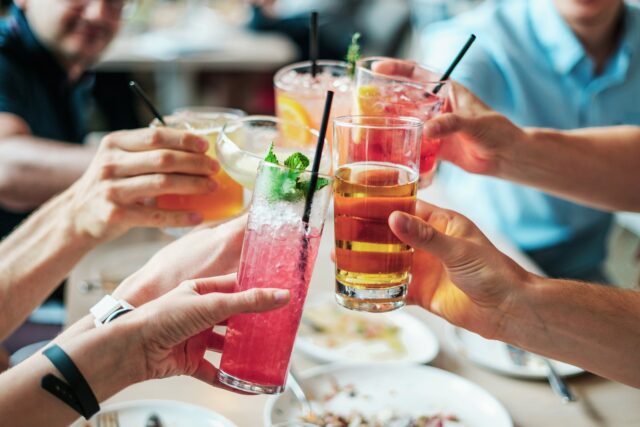
Hydration has become an undying clarion call from health and fitness experts. We are all tugging along water bottles and sipping away through the day, hoping for clear skin and better health. On the bright side, when it comes to water, what you see is what you get. It has no added additives or preservatives, just plain good old water.
Unfortunately, that can not be said for every other beverage that we consume. We enjoy and spend a pretty dime on them but we do not always know what they are made of. In this era of varying health risks, some scrutiny on what you are putting into your system is important.
Here are three of the most popular beverages and what goes into making them.
Whiskey
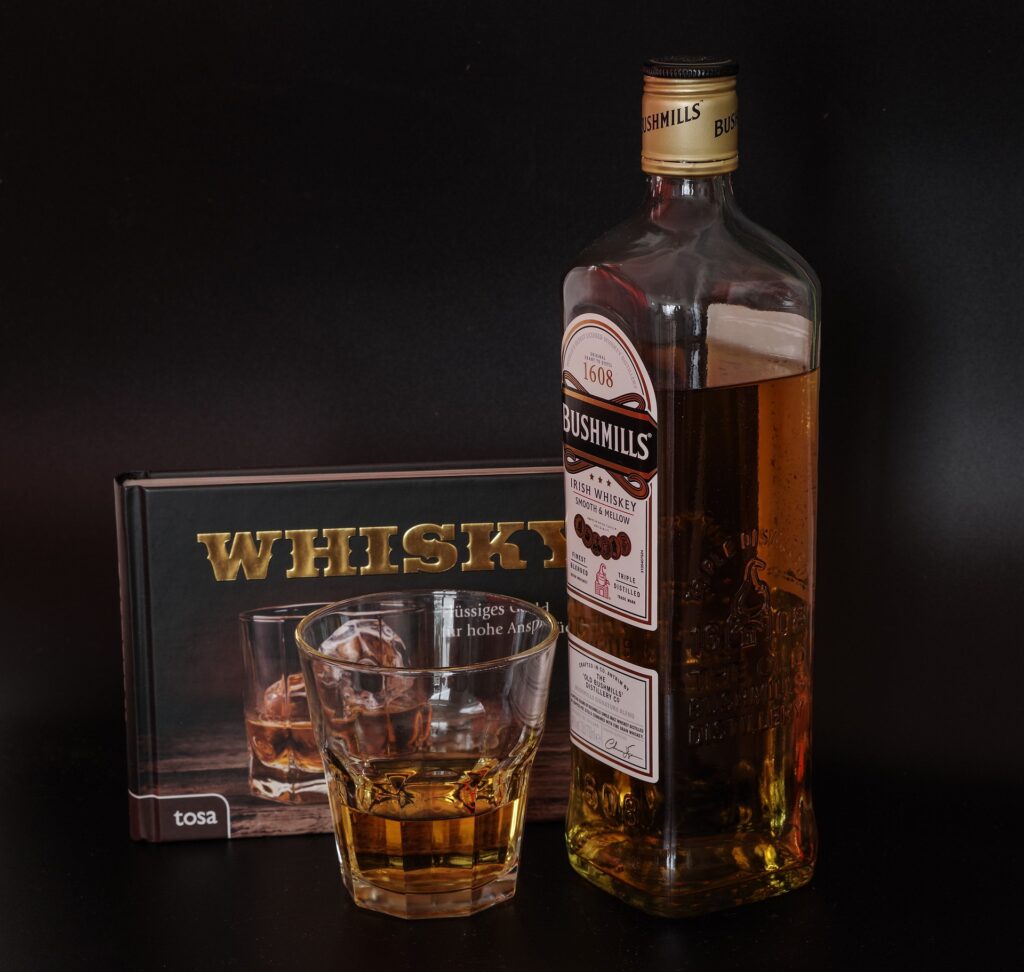
The Irish and the Scots are revered authorities on all matters whiskey. Their commitment to intricate distillation sets the bar worldwide. Across the pond in America, however, the accepted name for it is Bourbon.
So, what’s in your whiskey tipple?
Barely
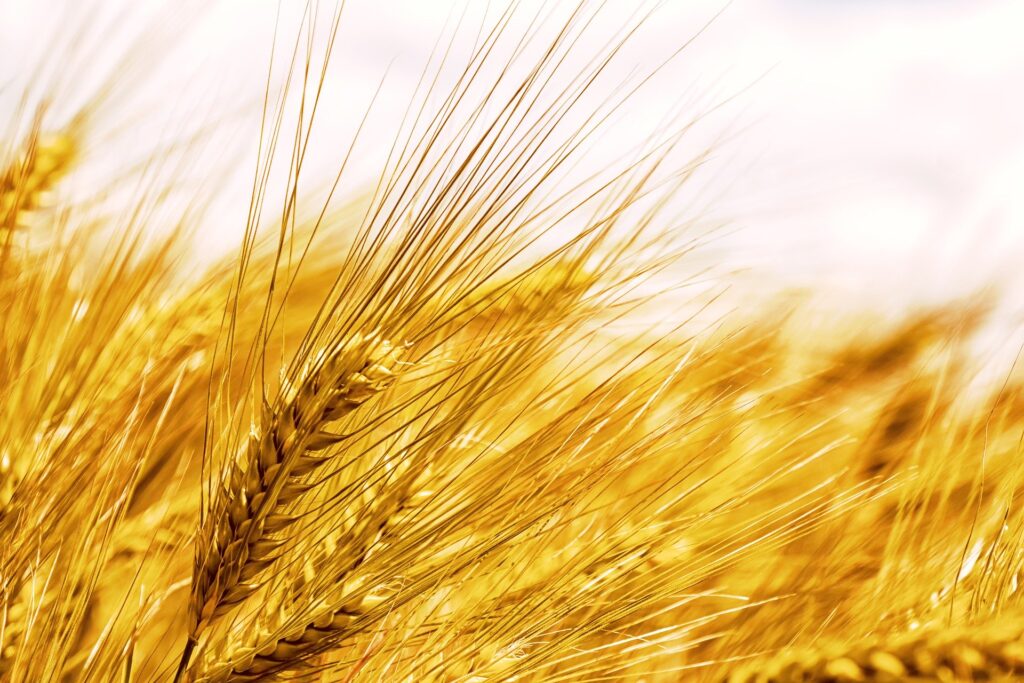
Irish and Scottish whiskey is made from malt. Malt is made by steeping barley in water and germinating it for about seven days on a malting floor. The product from this process is called green malt which goes on to be processed all the way to the distillation stage. It is starch and has a high-calorie count.
Peat
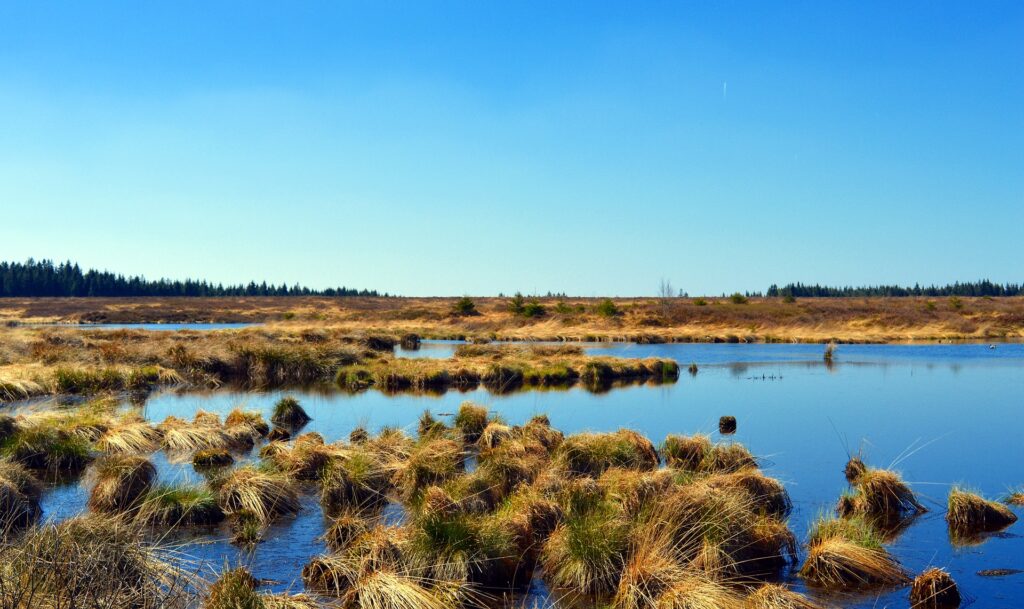
Most people believe that the sultry smoky aroma that is associated with whiskey is from the casks used to age it. That is not entirely accurate. The flavor is imparted onto whiskey using peat.
Peat can best be described as a fossil fuel found on bogs in wet mushy areas. So, how is it used for flavoring? When green malt is being dried in the kiln, peat is added to the fire. The malt acquires and retains the strong smoky taste and aroma from then on.
Corn
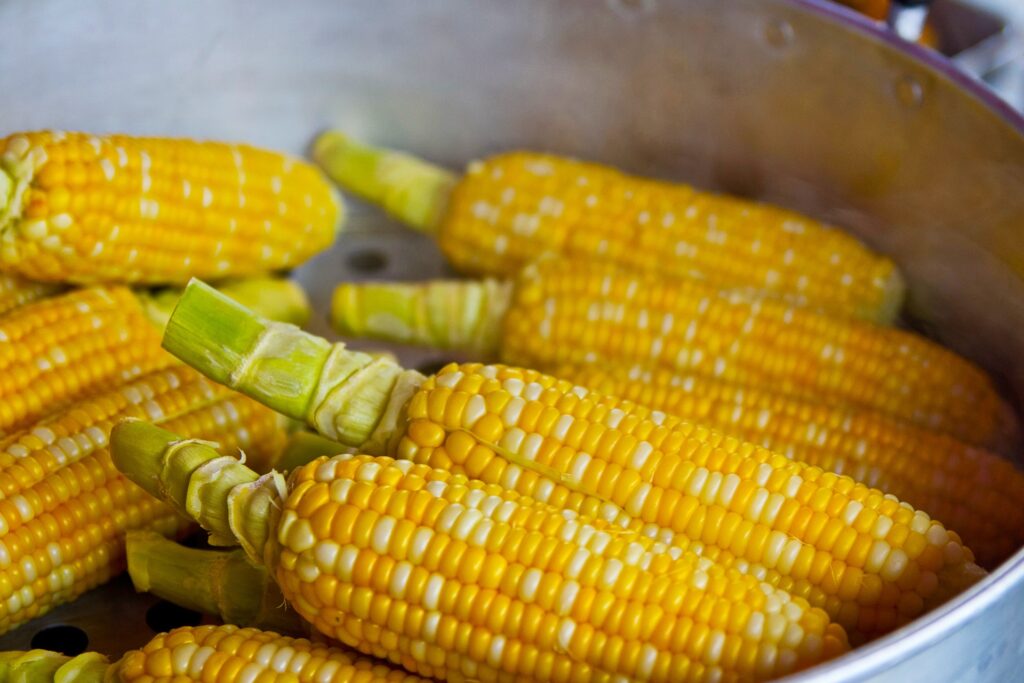
The main difference between whiskey and bourbon is that the latter uses corn. However, corn in bourbon is usually supplemented by wheat or rye and a bit of malted barley. The malted barley is used to spur fermentation of the other grains used.
Water
Of course, whiskey has water, but not every kind of water will do. Distillers go to a great deal of trouble to find ideal water sources such as springs and limestone creeks. In some cases, they are forced to improve certain qualities like the mineral content or ph levels of the water to be used. Poor water quality adversely affects the taste of the whiskey produced.
Energy Drinks
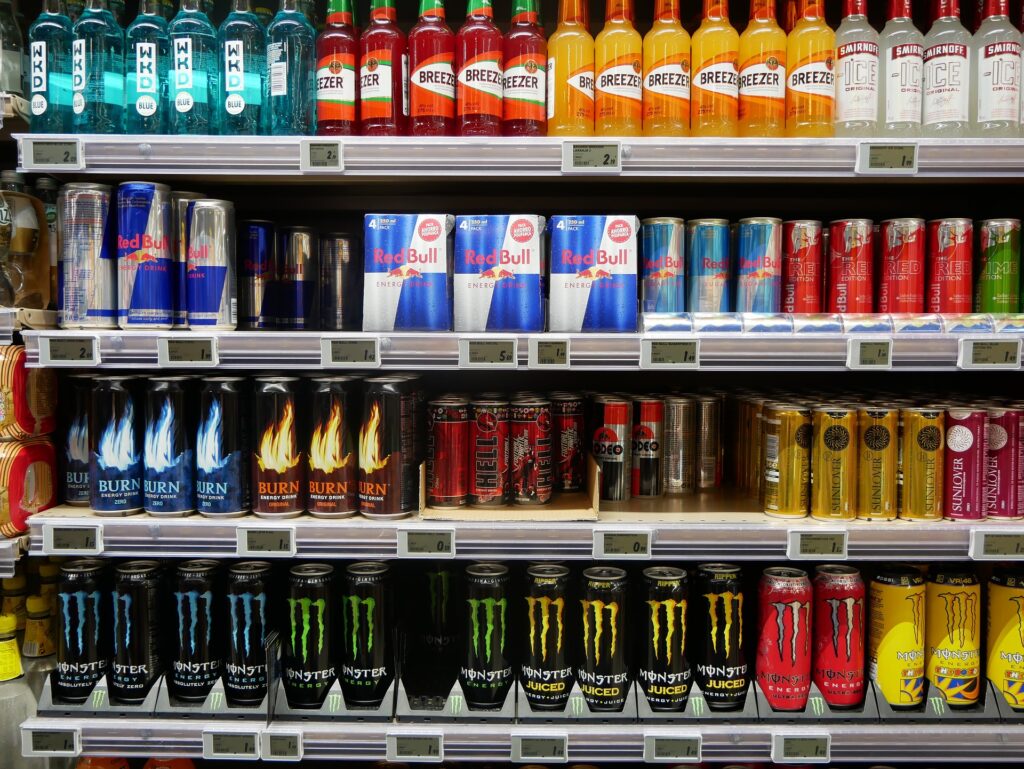
Energy drinks were first introduced in the Asian market before they made their way across the world. They have often been dogged by controversy and questions on whether they are safe for consumption. Nevertheless, they have remained quite popular.
Some of the active ingredients used to achieve the energy boost include:
Caffeine
In the same way that a cup of coffee gets you going, so does the caffeine content in energy drinks. Most brands contain about 80mg per drink. While it may appear considerably low, its effect is elevated by other ingredients in the drink.
Ginseng
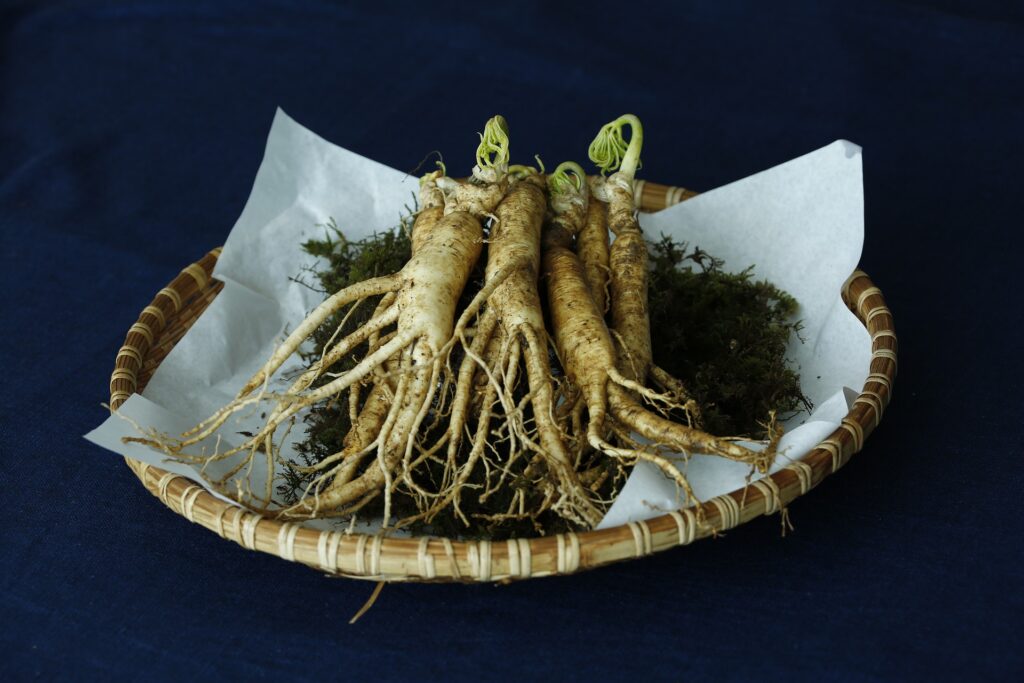
It is a popular herb in Asian tradition used to treat various problems including malaise. It is a natural energy booster.
However, the medical fraternity has mixed opinions about it. When it is consumed in very high doses it can lead to headaches, restlessness, and insomnia among other problems.
Ginkgo Biloba
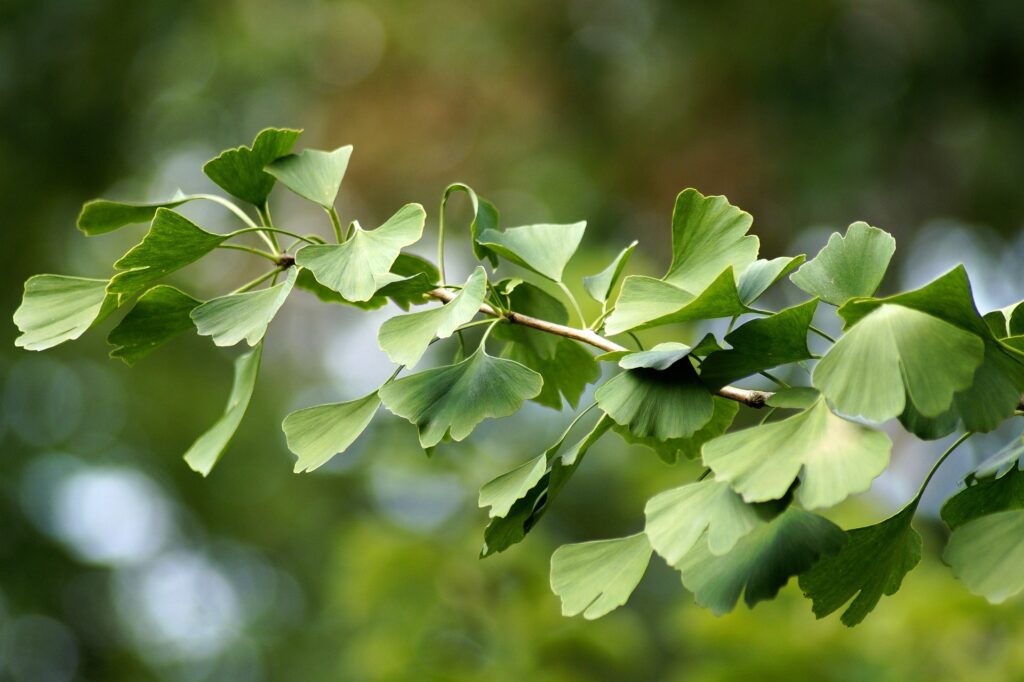
Most energy drinks have been linked with improved concentration and cognitive function. Both effects are linked to Ginkgo Biloba which has been tested by medical researchers on dementia and Alzheimer’s patients. It is believed to increase blood flow in the brain as well as improving thinking and memory abilities.
Taurine
Taurine is an amino acid with no known side effects. It occurs naturally in the human body but can be supplemented too. In energy drinks, taurine is essential for optimizing electrolyte levels in the body.
Soda
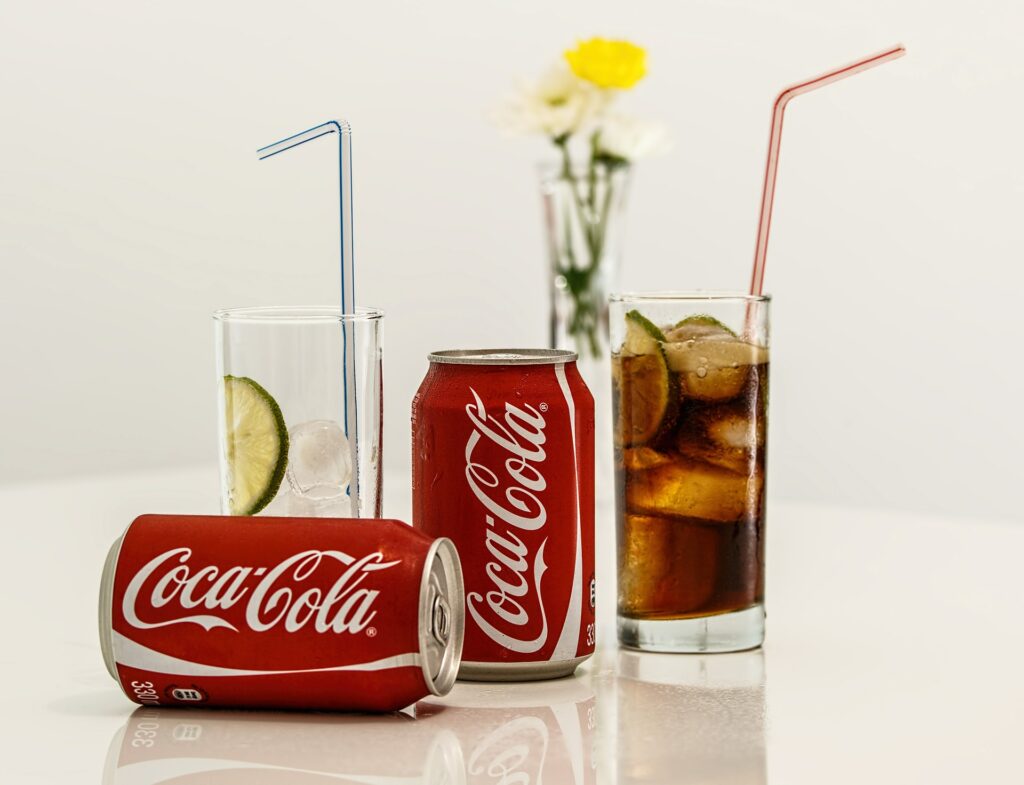
In the interest of full disclosure, no, you will not find the secret recipe for Coke here. It still is being kept as discreet as state nuclear launch codes. However, for every can of soda you pop, you consume:
High-fructose Corn Syrup
It is made by separating the starch from corn and blending it with enzymes to produce dextrose. The dextrose is further processed into fructose.
Remember the ‘processed sugars’ doctors are always warning you about? Well, that is exactly what this ingredient is.
Citric Acid
It occurs naturally in lemons, oranges, and limes. In soda, it is used to balance off the heavy sweetness of other sugary ingredients.
Flavoring
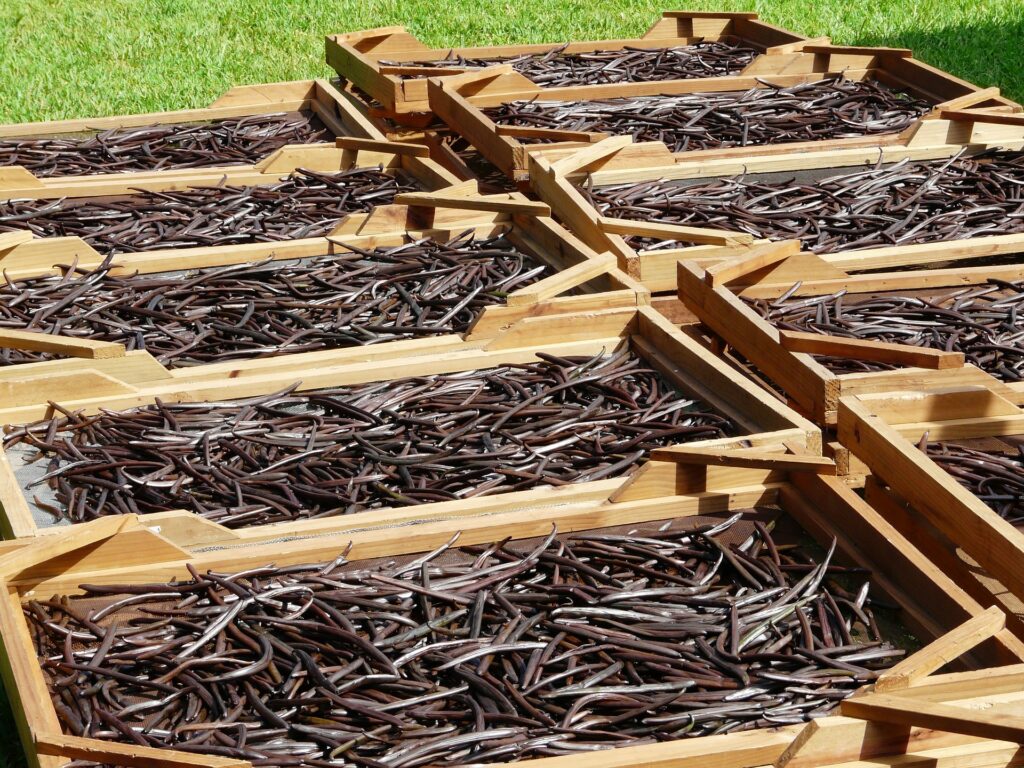
Soda brands attest to using natural flavor ingredients such as vanilla extract, Kola nut, and fruits. That said, proprietary formulas can not be demanded by regulatory bodies. It is difficult to verify whether those are in fact the flavoring agents that are used.
Phosphoric Acid
If you get an uncomfortable feeling on your teeth after frequently drinking soda, it is probably because of this preservative ingredient. It keeps the soda from going bad but your enamel may have a different opinion about it.
Caramel Color
As the name suggests, it is meant to give the soda mixture the desired color. The normal method of making caramel usually involves heating sugar and water until it turns brown. In an unfortunate twist, some manufacturers use ammonia to treat the sugar instead for expediency.
Carbonated water
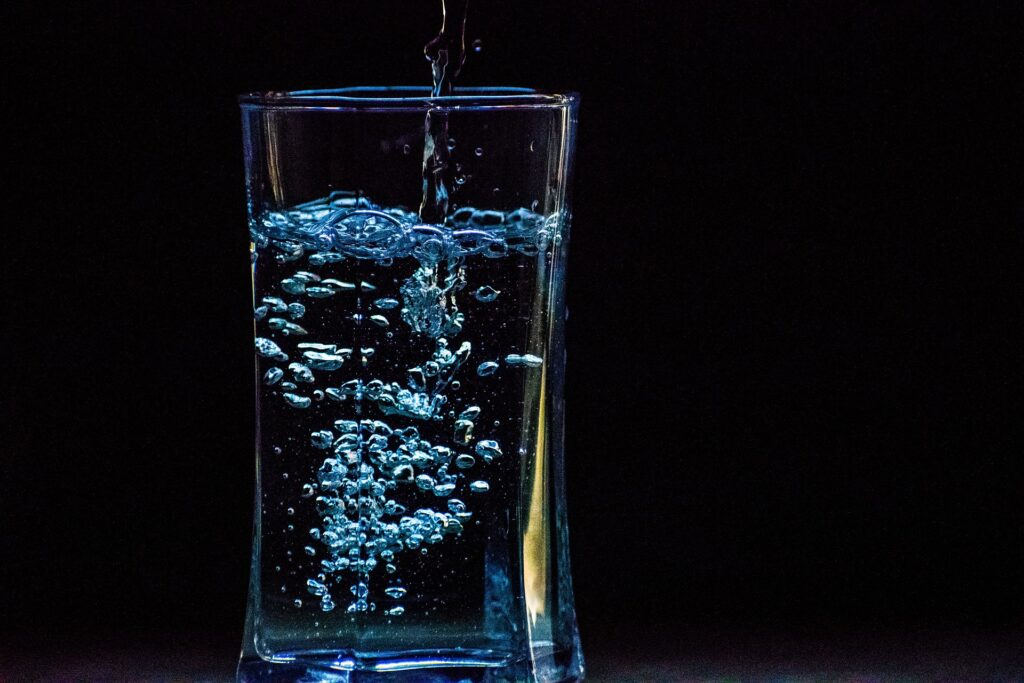
No controversy on this one, it is just plain water that has been infused with carbon dioxide. The gas is responsible for the fizzy nature of soda.
Conclusion
In no way is this list exhaustive of every beverage you consume in a day, far from it. Still, learning what is in the products we consume can be shocking. It is often the reason why many people have resorted to home-made products. Others rise to the challenge and seek out professional tools like the Ginhong’s lab mixer to formulate healthier alternatives.
At the end of the day, consumption is a matter of discretion. Choose wisely.







